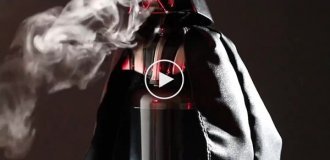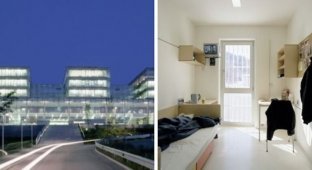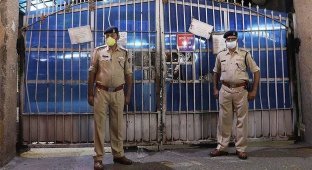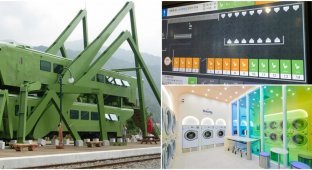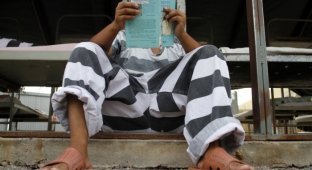What prisons look like in South Korea (22 photos)
In general, it must be said that the vast majority of South Korean prisons operate on the principle of “prisoners are people too,” which means that the South Korean correctional system provides all prisoners, regardless of the type of offense or type of punishment, with the most worthy (within the context, of course) stay within the walls of a correctional institution. 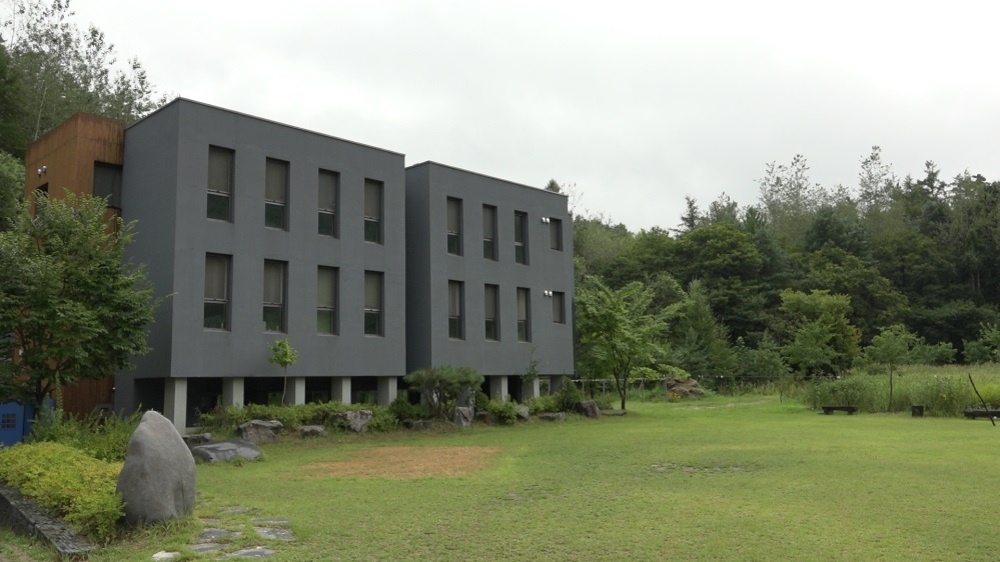
"The Prison Inside Me"
After sentencing, prisoners are sent to prisons, where, in addition to the usual cells and walks in the yard, they can also count on receiving high-quality medical care, education, and also undergo professional retraining (that is, learn a new profession). 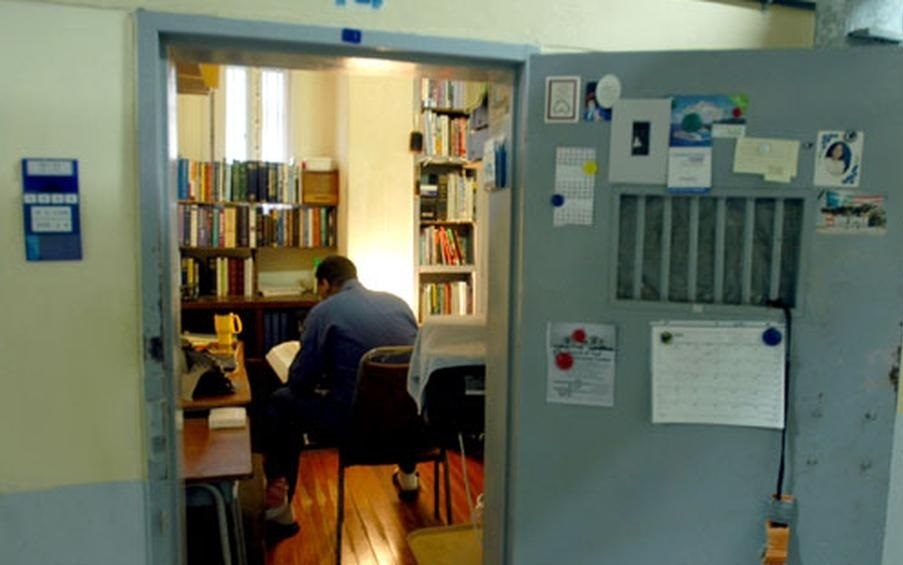
Prison in South Korea
In addition, Korean prisons try to provide prisoners with high-quality working conditions so that when the time comes, a person who has stumbled can return to society both morally and physically as a full-fledged citizen, and even with a profession. 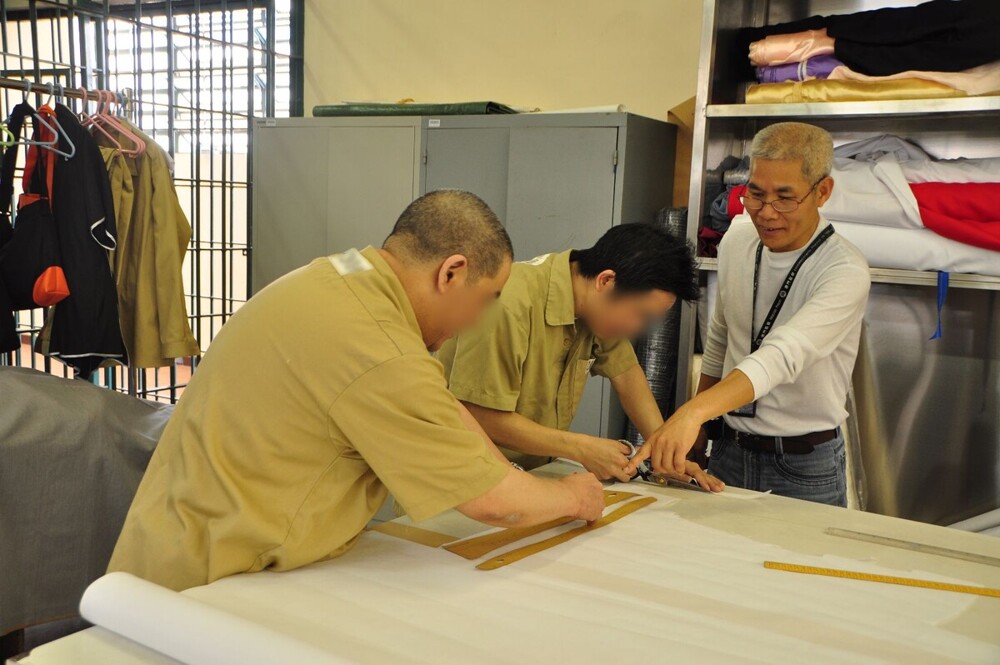
Prisoners in the process of retraining
Vocational retraining in South Korean prisons includes 66 technical skills, including graphic design, animation, architecture, mechanics and so on. 
Prisoners in the process of retraining
In addition, 8 correctional institutions, including Cheongju Women's Prison, have added barista and hairdressing to the list as the most popular professions among female prisoners. 
Women prisoners in the process of retraining
In addition to activities aimed at the professional growth of prisoners, so-called “rehabilitation measures” are taken in prisons in South Korea aimed at re-educating offenders and turning them from criminal elements into full-fledged and respectable members of society. 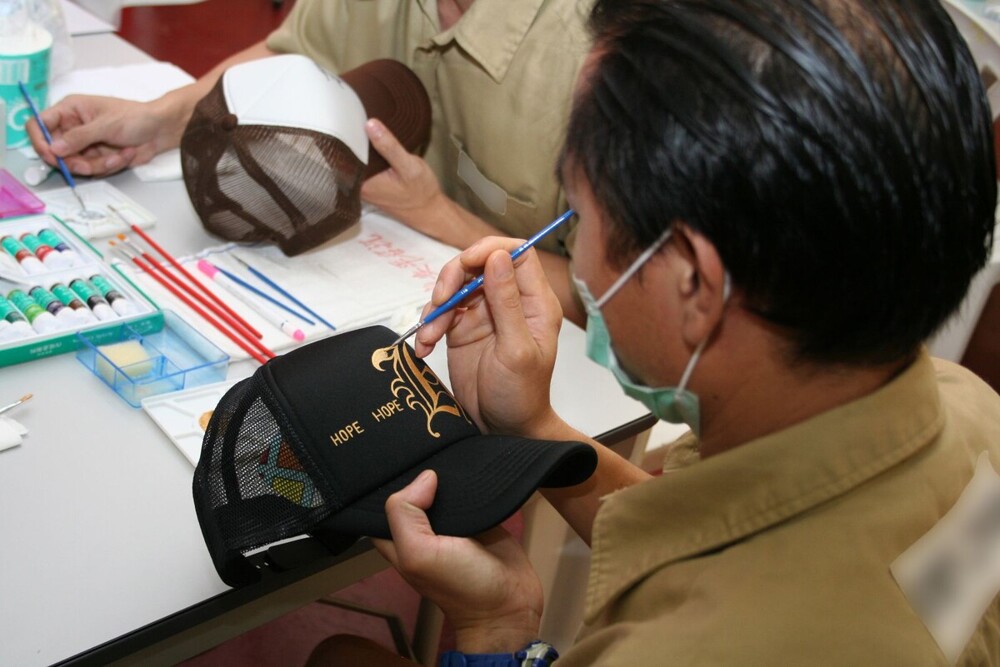
Prisoners in the process of retraining
Rehabilitation in South Korean prisons includes individual psychological consultations, allowing each prisoner to develop his own special “path of correction”; religious programs that influence the minds of criminals through religious practices; 
Religious rites
special events (sports, music competitions, agriculture, film shows, floriculture, etc.) that bring a sense of joy and hope into the lives of prisoners; programs for restoring family relationships (family visits, family meeting day). 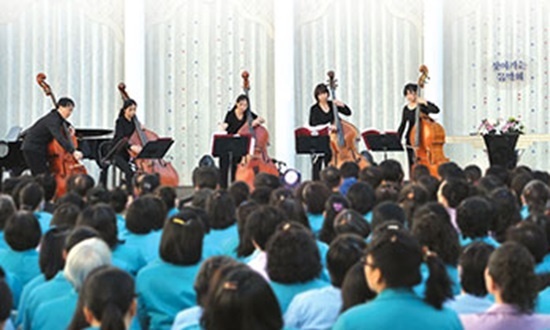
Music lessons
In terms of everyday life, everything is also very well organized in South Korean correctional institutions. The prison cells and corridors are equipped with a “warm floor” heating system, modern plumbing is installed in the bathrooms and toilets, and in case of an emergency (for example, a fire), the prison common areas are equipped with automatic doors. 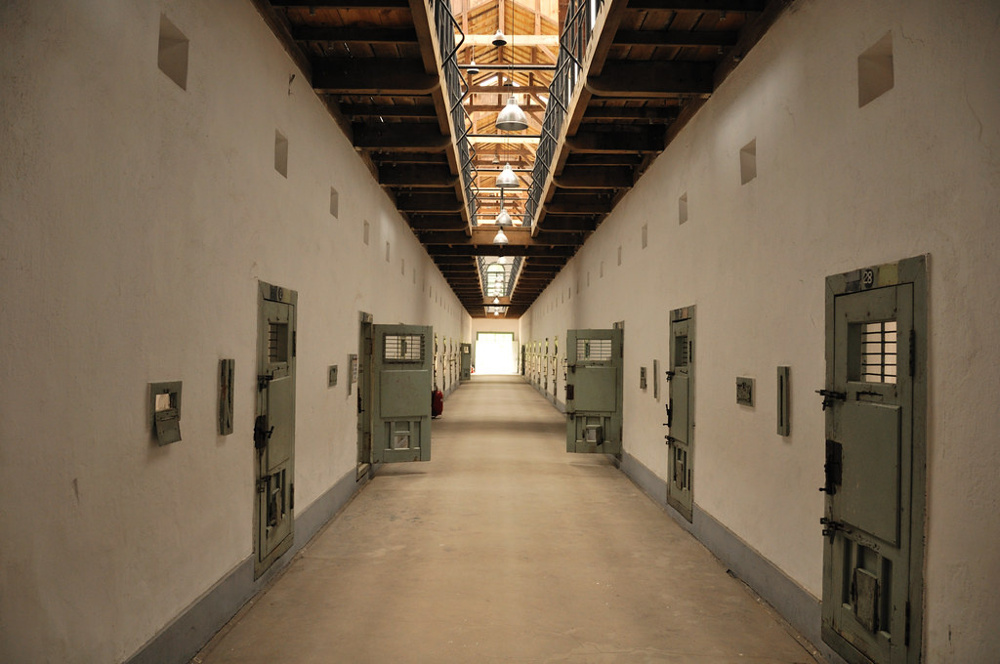
Prison in South Korea
Such measures are aimed primarily at ensuring that prisoners’ stay within the prison walls is not only quite comfortable, but also safe. After all, let me remind you that the South Korean correctional system considers its main function not to punish offenders, but to re-educate them and return them to normal life in society. 
Prisoner in a cell
The uniform of the prisoners deserves special attention. Unlike prison uniforms in other countries, criminals in South Korean prisons wear uniforms in bright, fresh colors and good insulation, allowing them to work outdoors in almost any weather. 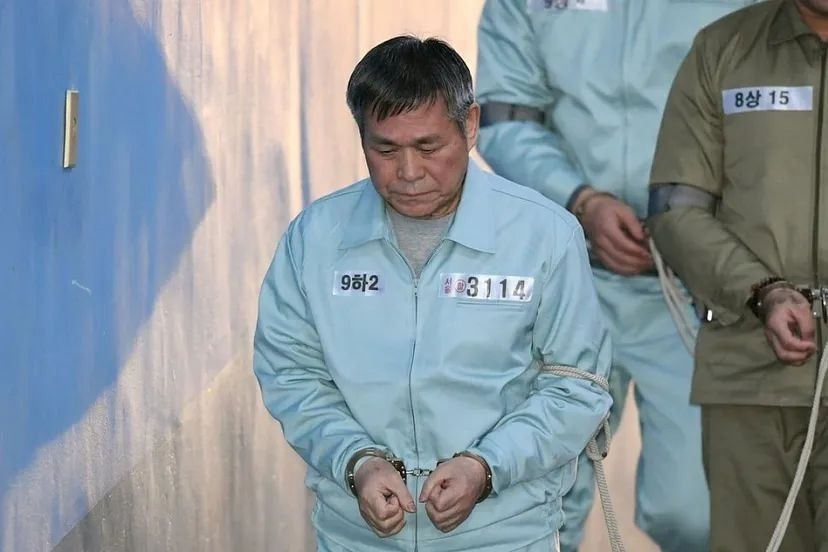
Prisoner's Uniform
Each prison jumpsuit has a place for the prisoner's name tag. Prisoners' name badges come in 4 different colors: red - for criminals sentenced to death (yes, yes, there are such), yellow - for those who committed serious crimes (for example, rape), blue - for criminals who were involved in the sale of prohibited drugs, white - for petty thieves and hooligans. 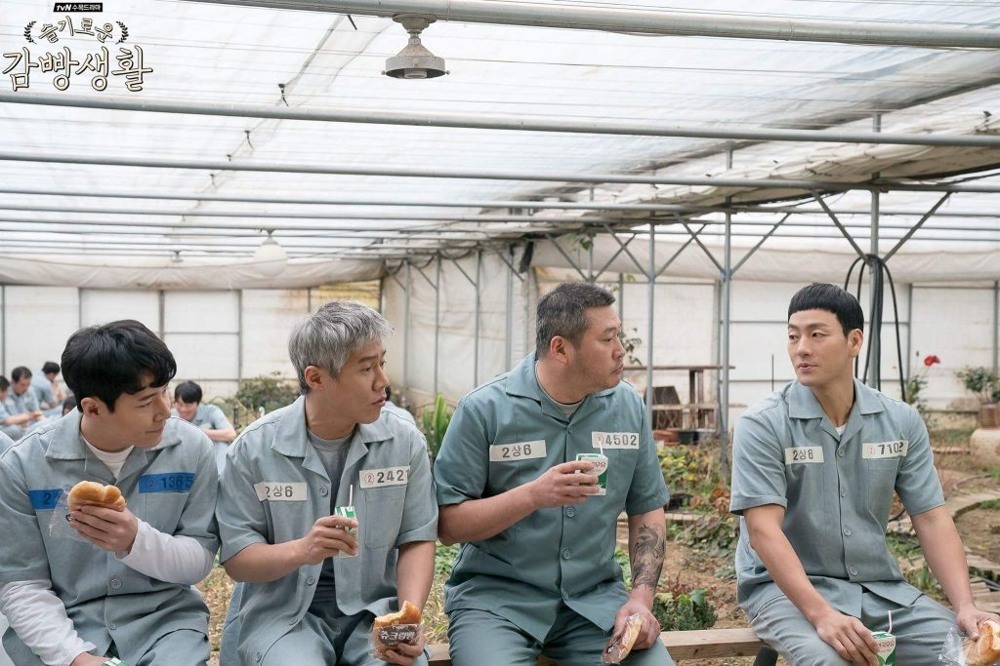
Prisoner uniform
Also on the prison jumpsuit there is a sign with the prisoner's number on the right, and on the left - the location of the prison in which he is being held. 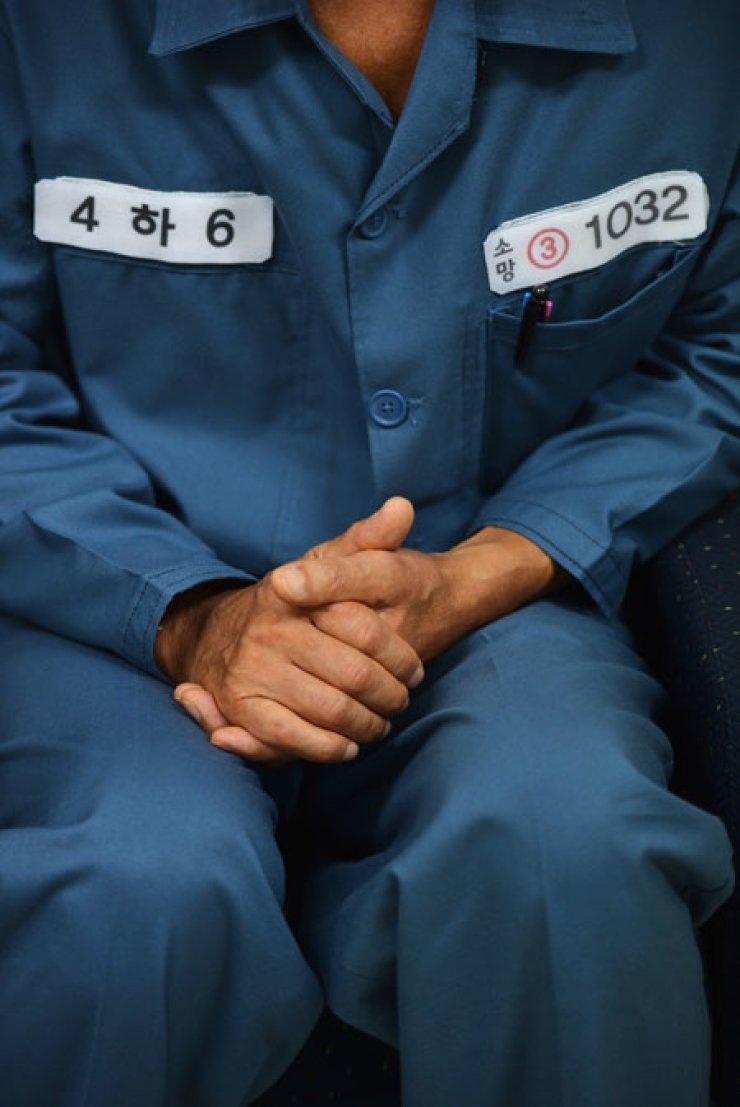
Prisoner's Uniform
Until 2007, South Korean prison uniforms were exclusively one color - khaki. However, in 2007, the Ministry of Justice decided to change the color of men's prison uniforms to, so to speak, lighter and more pleasing shades: for example, light blue. 
Prisoner's Uniform
The khaki color, by the way, has also been preserved. The uniforms of female prisoners became blue-green and more fitted. It was also equipped with an elastic band and buttons. 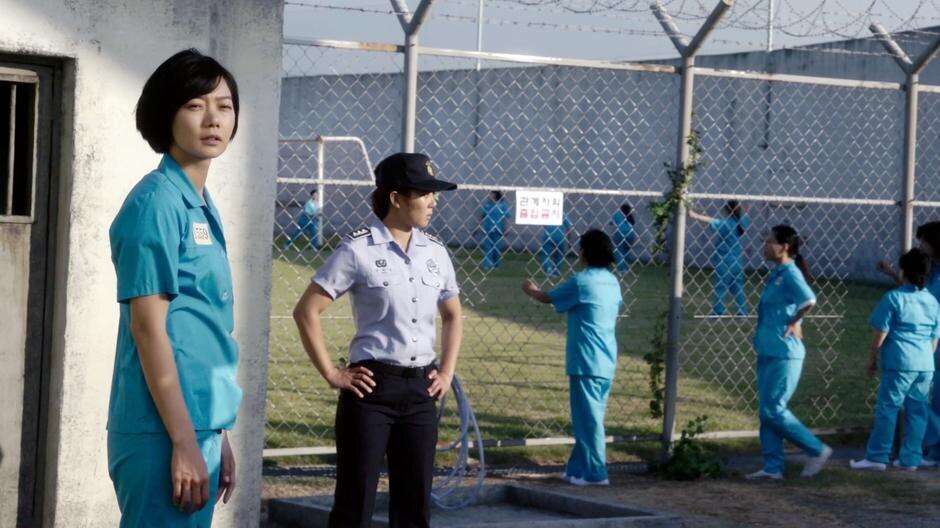
Prisoner uniform
Well, the cuisine in South Korean prisons in its quality and content is not much different from ordinary cafes and canteens. The prisoners' menu is very varied and balanced. 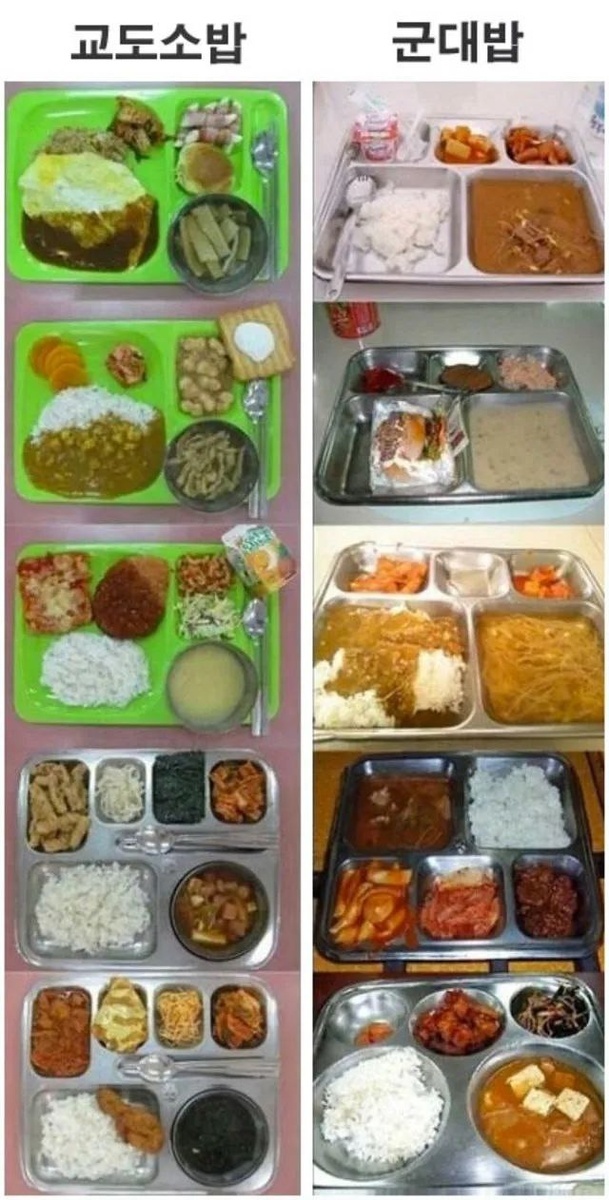
Lunch options in prison
For example, one of the most popular dishes in South Korean prisons is kongbap, which consists of white or brown rice cooked with one or more varieties of soybeans. This dish is also called "multi-grain rice". Kongbap is considered a very cheap, extremely nutritious, but bland food, so other side dishes are often added to it. 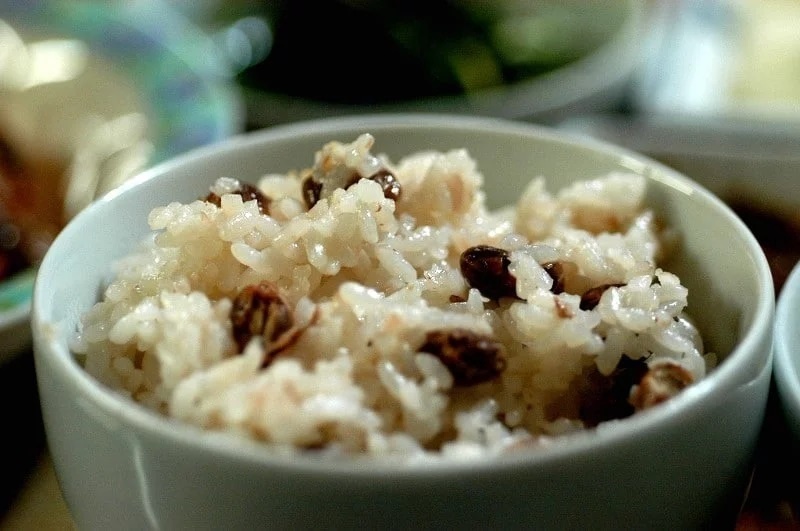
Kongbap
Prisoners' breakfast usually consists of a piece of bread, tomato sauce, cheese, soup, salad and soy milk. Lunch consists of bone marrow soup, vegetables, bean sprouts, kimchi and seaweed. 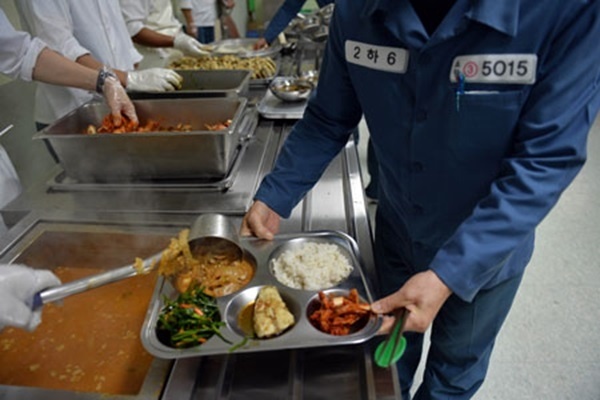
Prisoner gets lunch
Interesting fact. On their birthday, inmates of a South Korean prison receive a special sujebi-miyeokguk soup for breakfast. This custom is dedicated to the goddess Samsin and has existed since the time of the Goryeo state. 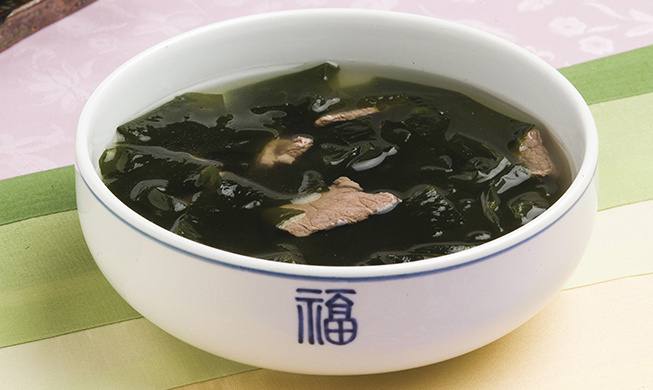
Sujebi-miyeokguk soup
By eating sujebi-miyokguk on his birthday, a person seems to thank the goddess Samsin, as well as his mother, who gave him life. Everyone who follows this tradition is guaranteed good luck and happiness for the next year, which, as you understand, is an extremely important aspect for prisoners. 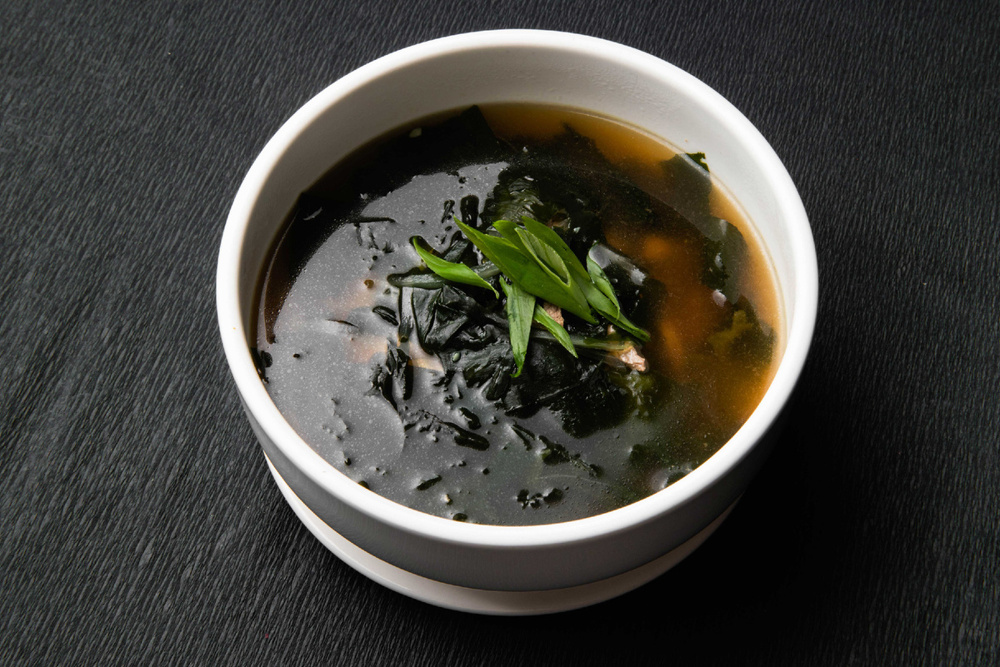
Sujebi-miyeokguk soup
Also on the menu of South Korean prisoners you can often find sujebi - a traditional Korean noodle soup made from homemade dough and torn by hand, as well as a simple miyeokguk - soup made from edible seaweed. 
Sujebi
Miyeok is very nutritious as it is rich in iodine, iron and calcium. In addition, it lowers cholesterol levels. In South Korean prisons, this version of the soup is made with beef. 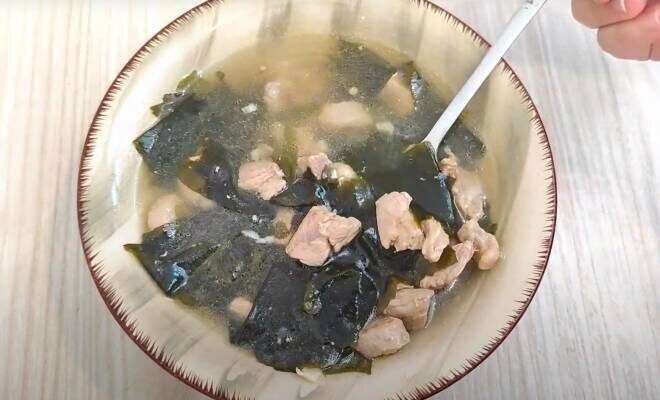
Miek with beef


